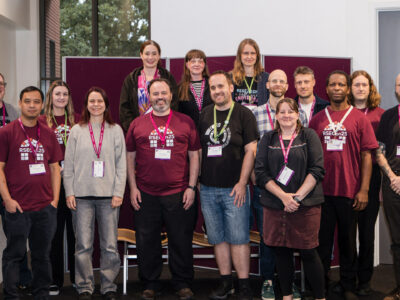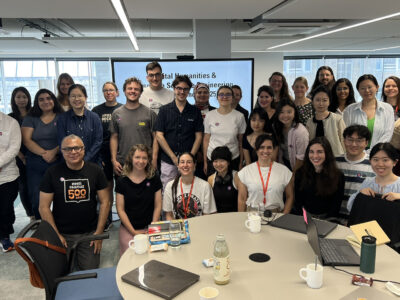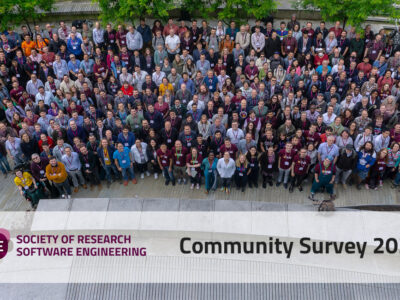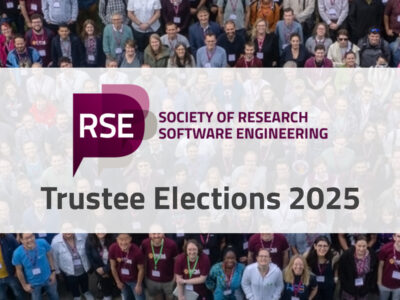Reflections on the Hidden Cost Bursary at RSECon25
by Laura Crawford
When we first talked about introducing a Hidden Costs Bursary for RSECon25, the idea came from recognising that financial barriers to attendance don’t stop at travel, accommodation and food. Those are the expenses most workplaces and bursary schemes cover, but there are plenty of other costs that quietly make attending a conference difficult. These can include visa fees, childcare, accessibility needs or the cost of bringing a carer.
The aim was simple: to make sure that if someone wanted to attend, the less visible costs wouldn’t become a barrier to participation. We also wanted to learn what kinds of support people in our community actually needed, so the application was deliberately open-ended. Rather than asking people to fit into predefined categories, applicants were invited to explain what would make attendance possible for them.

One of the biggest successes was seeing how much difference even small amounts of funding could make. The most common request we received was for visa costs, something many of us hadn’t initially expected to be so significant, but which turned out to be a real barrier for several attendees. Being able to support these expenses helped ensure that people from outside the UK could take part and share their perspectives, adding to the diversity and richness of discussions at the conference.
We also had people reach out directly rather than through the application form, explaining situations that didn’t fit directly into the structure, for example, needing support for a carer. By reviewing these requests alongside the bursary applications, we were able to offer help in a wider range of circumstances. That flexibility felt like one of the strongest aspects of the approach as it allowed the committee to respond to real needs rather than just the ones anticipated.
Of course, not everything worked perfectly. One area we hoped to support was childcare, since caring responsibilities can make conference attendance particularly difficult. However, we didn’t receive any applications for this. It’s hard to know whether that means there was no need or whether people simply didn’t realise care costs would have been eligible. The term hidden costs might have been too broad, or perhaps some assumed that family-related expenses would fall outside the scope of a professional bursary.
That uncertainty is a useful insight for the future. Clearer examples and messaging might help ensure that potential applicants can more easily recognise their own situations as relevant. It also highlighted that some people might feel uncomfortable sharing personal circumstances in an application, especially when the process feels formal or competitive. Making sure bursary schemes feel approachable and confidential could make a real difference.
Looking back, the Hidden Costs Bursary proved how valuable it can be to think about inclusion in practical terms. A relatively small amount of targeted, flexible funding helped remove barriers that would otherwise have prevented some people from attending. It also reminded us that inclusivity is an ongoing process of learning and improvement, one that future committees can continue to build on in their own way.
For me, this bursary was about turning good intentions into action. It’s easy to say that everyone should feel welcome and represented, but real inclusion happens when we notice the details that quietly exclude people and take steps to change them. I’m proud of what this bursary achieved at RSECon25, and I hope it continues to spark ideas for how we can make participation in our community as open and equitable as possible.






